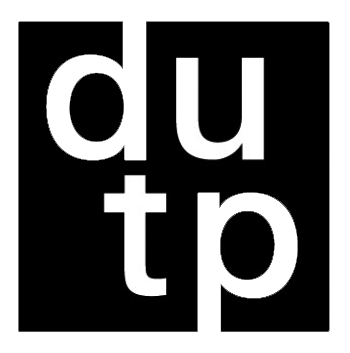Practices of the common and women's body-territory at the Casa de Referência Mulheres Mirabal
DOI:
https://doi.org/10.5821/siiu.13065Abstract
The study deals with the urban occupation built by the Olga Benario Women's Movement, the Mirabal Women's Reference House (CRMM), which since 2016 has functioned as a reception and shelter space for women victims of violence, and its work in the city of Porto Alegre/Brazil. Through the urban and social experiences of the women who are or have been linked to the House, we will emphasize the practices of the common, associated above all with an ethic and exercise of a political nature that is configured in struggles and ways of life that daily start from cooperation, shared care, the collective and social use of property and the demand for another type of society. To this end, we will present the women's narratives about two practices to combat hunger carried out together with other social movements: the Diaristas Support Campaign and the construction of the community vegetable garden, a moment when the body-territory materializes in collectivity and no longer accepts a situation of misery and violence.
Downloads
Published
Issue
Section
License
Copyright (c) 2024 Creative Commons

This work is licensed under a Creative Commons Attribution-NonCommercial-ShareAlike 4.0 International License.
Aquellos autores/as que tengan publicaciones con esta revista, aceptan los términos siguientes:
- Los autores/as conservarán sus derechos de autor y garantizarán a la revista el derecho de primera publicación de su obra, el cuál estará simultáneamente sujeto a la Licencia de reconocimiento de Creative Commons CC BY-NC-ND- 4.0 que permite a terceros compartir la obra siempre que se indique su autor y su primera publicación esta revista, pero no se pueden cambiar ni se pueden utilizar comercialmente.
- Los autores/as podrán adoptar otros acuerdos de licencia no exclusiva de distribución de la versión de la obra publicada (p. ej.: depositarla en un archivo telemático institucional o publicarla en un volumen monográfico) siempre que se indique la publicación inicial en esta revista.
- Se permite y recomienda a los autores/as difundir su obra a través de Internet (p. ej.: en archivos telemáticos institucionales o en su página web) antes y durante el proceso de envío, lo cual puede producir intercambios interesantes y aumentar las citas de la obra publicada. (Véase El efecto del acceso abierto).











